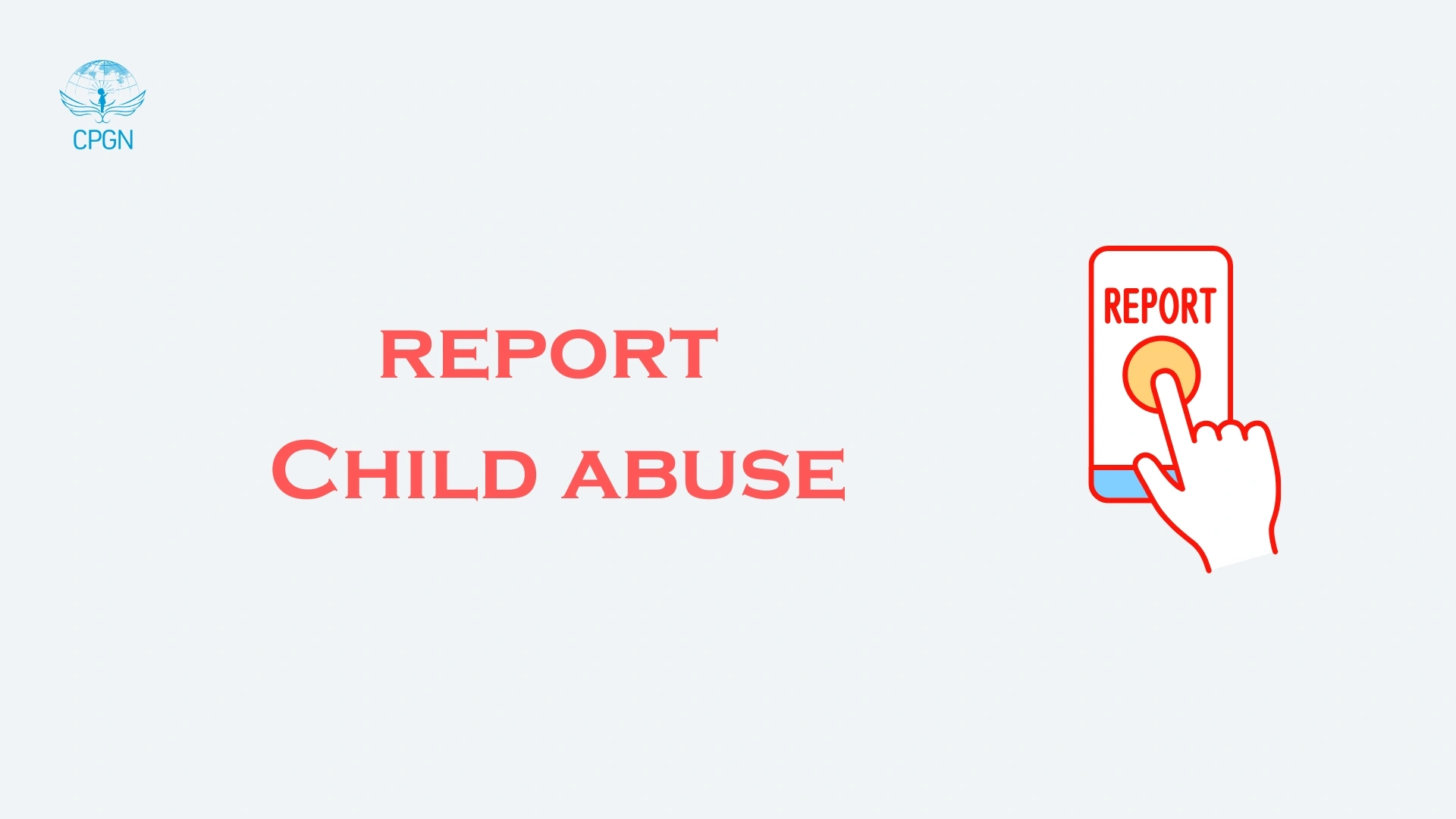How to Report Child Abuse | Step-by-Step Guide
Reporting suspected child abuse can save a life. This step-by-step guide helps you recognize the signs, take action safely, and protect vulnerable children.

What do you do when something doesn’t feel right about a child’s behavior or their relationship with an adult? It can be frightening and confusing—but reporting suspected abuse is one of the bravest and most important acts you can take.
At the Child Protection Global Network (CPGN), we believe concerned adults have both a duty and an opportunity: to speak up, protect children, and connect them with help.
In this guide, we walk you through how to report child abuse, safely, respectfully, and effectively.
Why Reporting Matters
Every report has the potential to save a life. When abuse continues unchecked, damage deepens: physical, emotional, psychological. But even a suspicion matters. You do not need absolute proof. In child welfare systems, “reasonable suspicion” is sufficient to trigger inquiry.
By reporting, you set in motion protective investigations, services, and sometimes legal intervention. You become a lifeline for a child who may feel trapped, unheard, or invisible.
Step-by-Step Guide to Reporting Child Abuse
Below is a practical roadmap you can follow when you believe a child might be in danger.
1. Recognize the Warning Signs
Abuse and neglect take many forms. Physical, sexual, emotional, or neglect. Common indicators include unexplained injuries, drastic behavioral changes, fearfulness, poor hygiene, hunger, or withdrawal. Do not wait for certainty; if your instincts signal something is wrong, trust them.
For a fuller overview of what abuse looks like, see CPGN’s guide What Is Child Abuse?.
2. Gather Information (Without Interrogating)
To make a strong report, collect as much of the following as you safely can:
- Child’s name, age, address, school
- Names of parent(s) or caregiver(s)
- Description of the suspected abuse or neglect (what, when, where)
- Any visible signs: bruises, burns, weight loss, or emotional distress
- Witnesses or others who may know
- Any prior reports or patterns you’ve observed
But remember: you are not an investigator. Do not press the child for details or confront the suspected abuser. You provide information; investigators handle the rest.
3. Contact Local Authorities or Child Protection Agency
If the child is in immediate danger, call emergency services (e.g. 911 in the U.S.).
Otherwise:
- Find your state or county child protective services (CPS) or department of children and families.
- Call their hotline number or central intake.
- If you are a mandatory reporter (teacher, medical worker, social worker), many jurisdictions require you to report within defined time windows (for example, within 48 hours in Texas). Texas Health Services
When you call, share the information you collected. Be prepared for questions and remain calm, factual, and respectful.
4. Submit an Online Report (Where Available)
Many jurisdictions provide online child abuse report systems for non-emergency cases. These are secure web portals maintained by CPS or state agencies. Use them when direct phone contact is unavailable or when authorities permit.
For instance, Texas allows reporters to submit through the state’s official web portal, in addition to calling the hotline. dfps.texas.gov
Be aware: Certain situations (fatalities, life-threatening injuries, human trafficking) may not be accepted online—you must call directly. (Louisiana DCFS guidelines) dcfs.louisiana.gov
5. Follow Up when Possible
Ask whether you can receive a confirmation (some agencies send you a case number). Monitor whether authorities respond within expected timeframes. If you see worsening conditions or lack of action, consider escalating—contact supervisors, local ombudsmen, or elected officials. Document your actions and keep your notes in a safe place.
Online Reporting: What You Should Know
- Online systems are convenient and available 24/7 for many non-emergency cases.
- Portals often ask structured questions about the child, location, nature of abuse, and reporter contact (if you choose to self-identify).
- You may have the option to remain anonymous or confidential, depending on state rules.
- Some reports submitted online are filtered for emergency triage or redirected to phone hotlines if urgent.
- Make sure you submit through an official government or CPS portal—avoid “standalone” websites or third-party services unless endorsed by your jurisdiction.
What Happens After Reporting
Investigation & Assessment
Once your report is accepted, child protection professionals and sometimes law enforcement begin an investigation. Their goal: determine whether abuse or neglect occurred, whether the child is safe, and what services are needed for protection and recovery.
Confidentiality & Reporter Protection
Reporters are generally protected by law. In many states, mandated reporters are immune from civil or criminal liability when reporting in good faith. (Example: California laws under CANRA) policy.dcfs.lacounty.gov+1
Your identity is often kept confidential, except when disclosure is mandated by court order.
Support & Services
If the investigation finds actionable risk, children may be removed to safe settings or provided in-home services, counseling, medical care, and legal support. If no finding is made, agencies often still offer referrals to community resources for families at risk.
Addressing Common Concerns
What if I’m wrong?
Worrying you might be mistaken is common, but hesitation can cost a child. Reporting statutes protect good-faith reporters. The authorities, not you, will investigate. Err on the side of caution.
Can I remain anonymous?
In many places, yes—especially if you are not a mandated reporter. Mandatory reporters sometimes must provide their name, though agencies may still protect their identity.
The emotional toll
Reporting can be emotionally draining. You may worry about backlash, being involved, or putting yourself in conflict. Seek support: talk with a trusted counselor, supervisor, or peer; practice self-care. You are doing the right thing by being a voice for a child.
You Can Make a Difference
You don’t need to carry burdens of secrecy. Each report you make is an act of care and courage. When you speak out, you may interrupt a cycle of harm, open doors to healing, and give a child a chance at safety and dignity.
At CPGN, we support you in this mission. We provide crisis resources, reporting guides, training, and a platform to help people like you navigate this sensitive path. If you ever feel uncertain or overwhelmed, lean on our resources and networks.
If you suspect child abuse, don’t wait. Take one of these steps today:
- Call your local child protective services or police.
- Use your state’s online child abuse report portal, if available.
- Share this guide with educators, caregivers, faith leaders, and neighbors—awareness multiplies protection.
Your voice matters. Your action matters. And together, we can protect more children, create safer communities, and build a world in which every child can grow in trust and security.
Sources
- UNICEF. Violence Against Children.
https://www.unicef.org/protection/violence-against-children - Los Angeles County Department of Children and Family Services (DCFS). Mandated Reporter Policy (CANRA).
https://policy.dcfs.lacounty.gov/Policy?id=5766
Mark Schwartz
Our goal is to ensure the safety and protection of every child until it is achieved. Our goal is to support communities in protecting the future of children and promoting their welfare.
Quick Links

Our goal is to ensure the safety and protection of every child until it is achieved. Our goal is to support communities in protecting the future of children and promoting their welfare.
Quick Links
Copyright © 2025 CPGN. All rights reserved by Majnate LLP | Privacy Policy | Terms and Conditions
